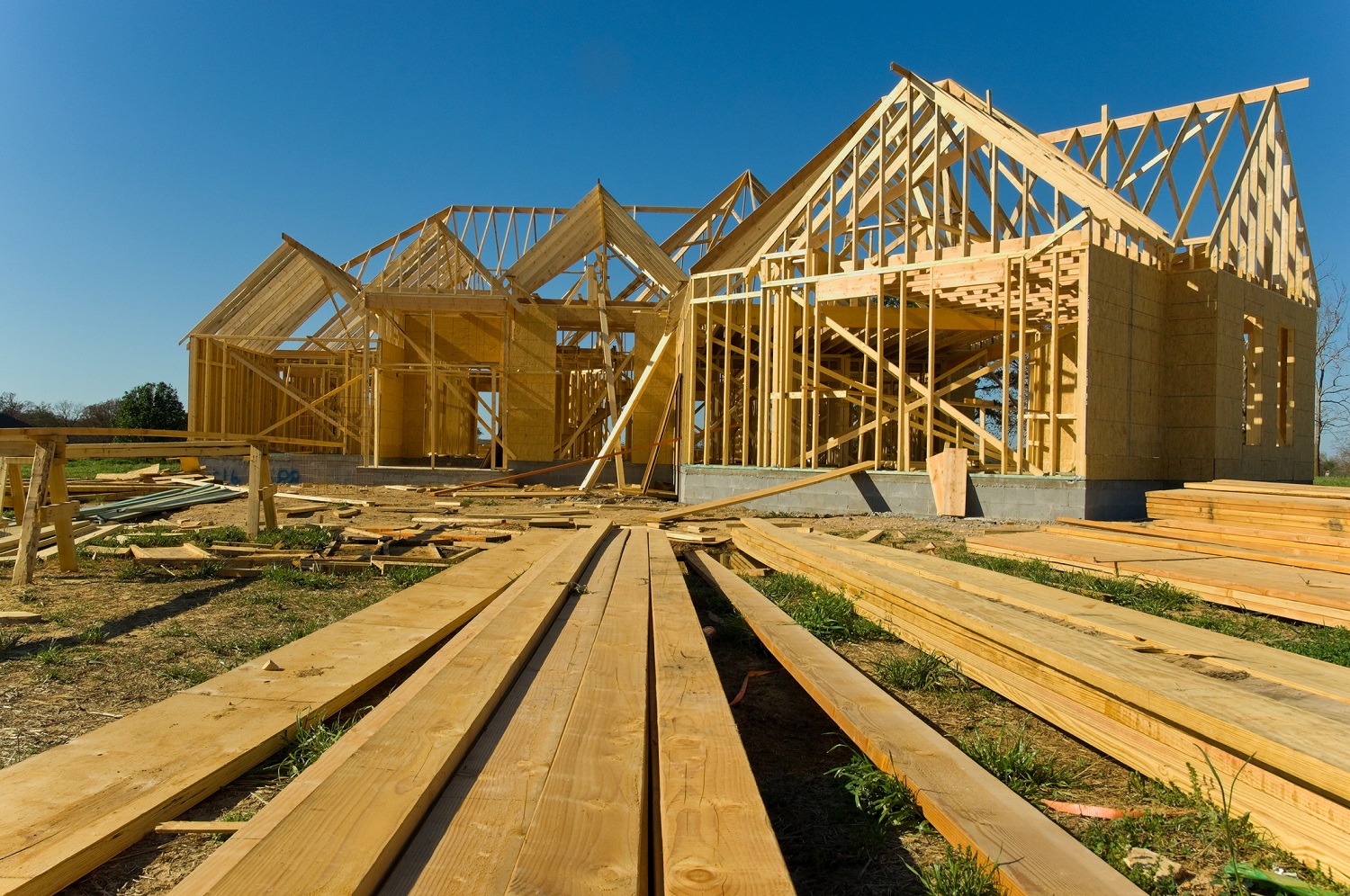The 10-year benchmark Treasury yield fell on Wednesday, causing homebuilder exchange-traded funds (ETFs) to gain strength, such as the iShares US Home Construction ETF (BATS: ITB) and SPDR S&P Homebuilders ETF (NYSEArca: XHB).
ITB gained 2.36 percent while XHB rose 1.15 percent in midday trading. Meanwhile, the rest of the capital markets fretted over Treasury yields.
The 10-year note hit its lowest level since late 2017, causing fears of a global economic slowdown that caused the Dow Jones Industrial Average to fall as much as 200 points. Investors are honing in on the higher 3-month yield relative to the lower 10-year yield–a condition that causes an inverted yield curve–a possible signal of a forthcoming recession.
The major indexes were awash with red ink last Friday as fears of a global economic slowdown was compounded by market noise of an inverted yield curve blaring from the bond community. To former Federal Reserve Chairman Janet Yellen, this shouldn’t sound the trumpet on a recession, but a rate cut.
“I don’t see it as a signal of recession,” Yellen said during a question and answer session at the Credit Suisse Asian Financial Conference.
Last Friday saw the short-term 3-month and longer-term 10-year yield curve invert, which hasn’t been seen since 2007–just ahead of the financial crisis. This helped send the Dow Jones Industrial Average south by 460 points.
The spread between the 3-month and 10-year notes fell below 10 basis points for the first time in over a decade.
“Everybody is talking about the yield inversion,” said Mariann Montagne, a portfolio manager at Gradient Investments. “Based on history, we get another year and a half or so before recession.”
Related: Doubling Down on Gold as Fed Sounds More Cautious
Rates Down, Builders Up
Lower mortgage rates could give the housing market a much needed boost, which could translate to more strength for homebuilders. Rising rates, low affordability and rising homebuilder costs due to tariffs have been thorns in the side for the housing market.
Last week, the central bank decided to keep interest rates unchanged. In move that was widely anticipated by most market experts, the Federal Reserve on Wednesday elected to keep rates unchanged, holding its policy rate in a range between 2.25 percent and 2.5 percent. In addition, the central bank alluded to no more rate hikes for the rest of 2019 after initially forecasting two.
Following last week’s rate decision, the 30-year fixed mortgage product fell to 4.34 percent, which is the lowest in over a year and 19 basis points lower versus the same time a year ago, according to Mortgage News Daily. Following the Fed’s aggressive rate-hiking policy in 2018, the 30-year fixed rate went over 5 percent at the start of November, causing home sales to fall sharply during the months of December and January.
“Home builders have performed well under the assumption that the Fed is going back off on raising rates for a longer period of time, and that should give some relief on mortgage rates,” said Derek Maupin, portfolio manager at Hodges Capital Management. “If mortgage rates continue to come back down, we’ll probably see more people pull the trigger and buy a home. What’s getting priced in the stocks now is that affordability is improving on a long-term basis.”
Leveraged plays on homebuilder stocks include the bullish Direxion Daily Homebuilders and Supplies Bull and Bear 3X Shares (NYSEArca: NAIL), which attempts to deliver triple the daily returns of the Dow Jones U.S. Select Home Construction Index.
For more market trends, visit ETF Trends.

